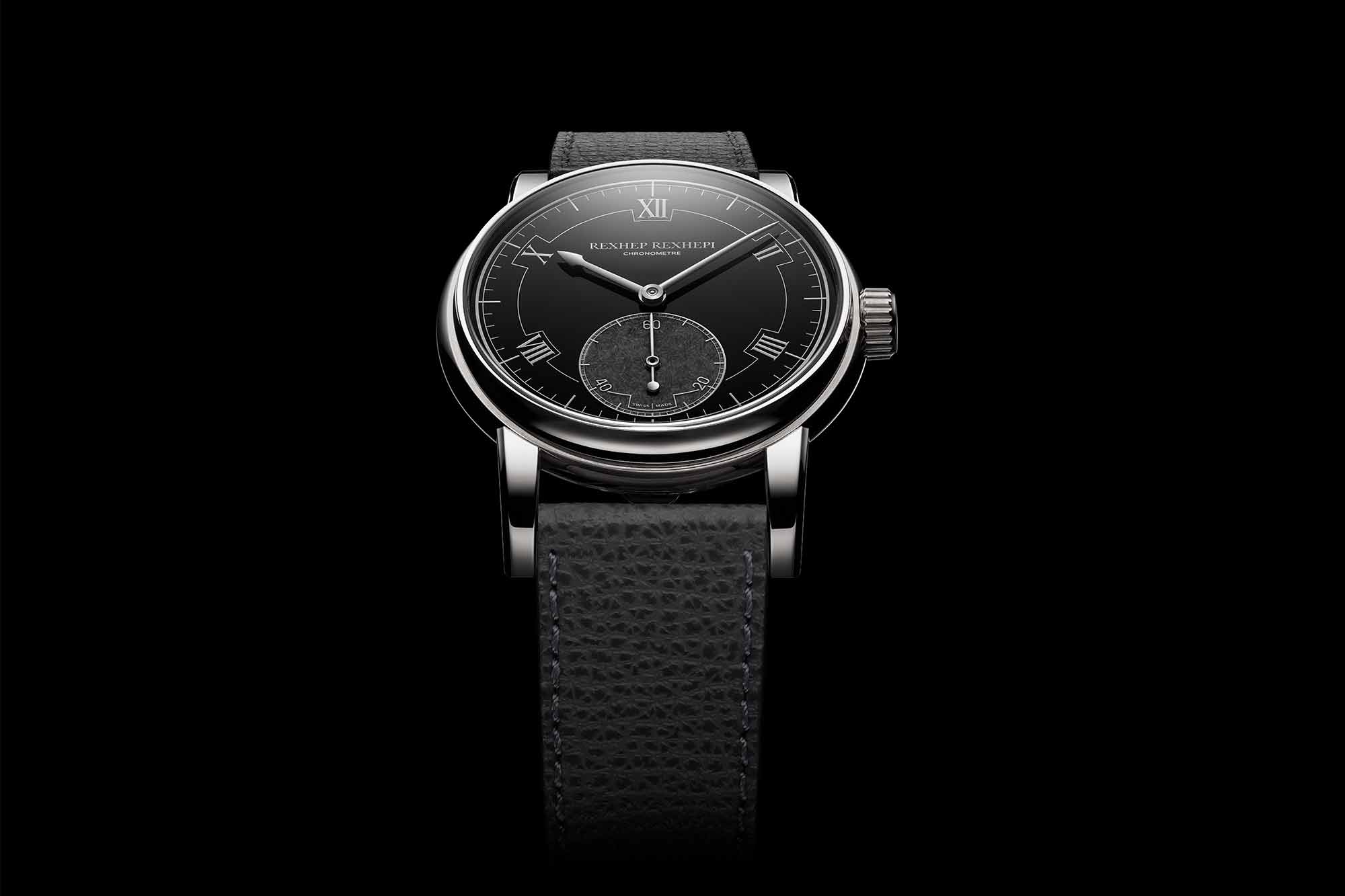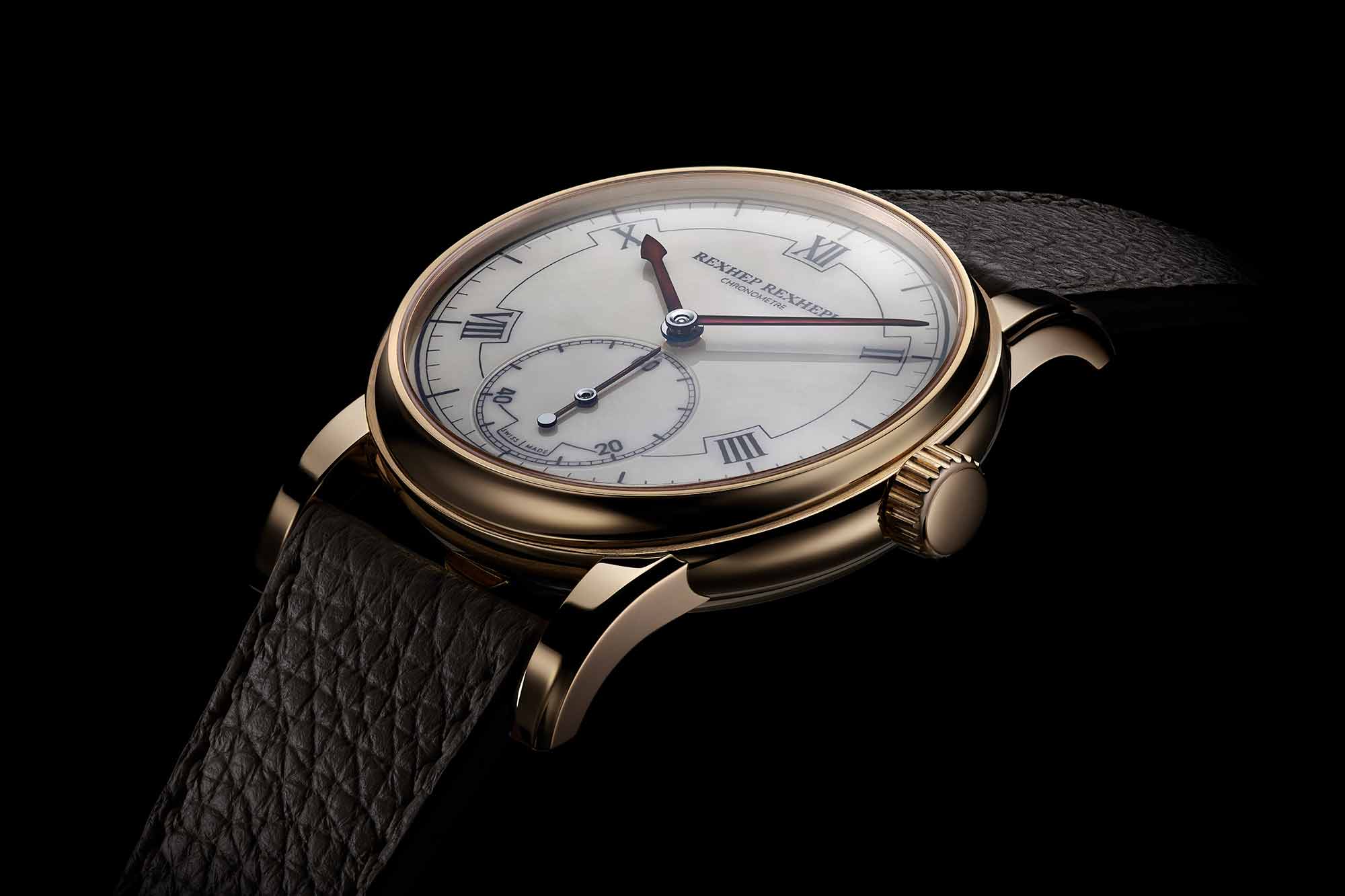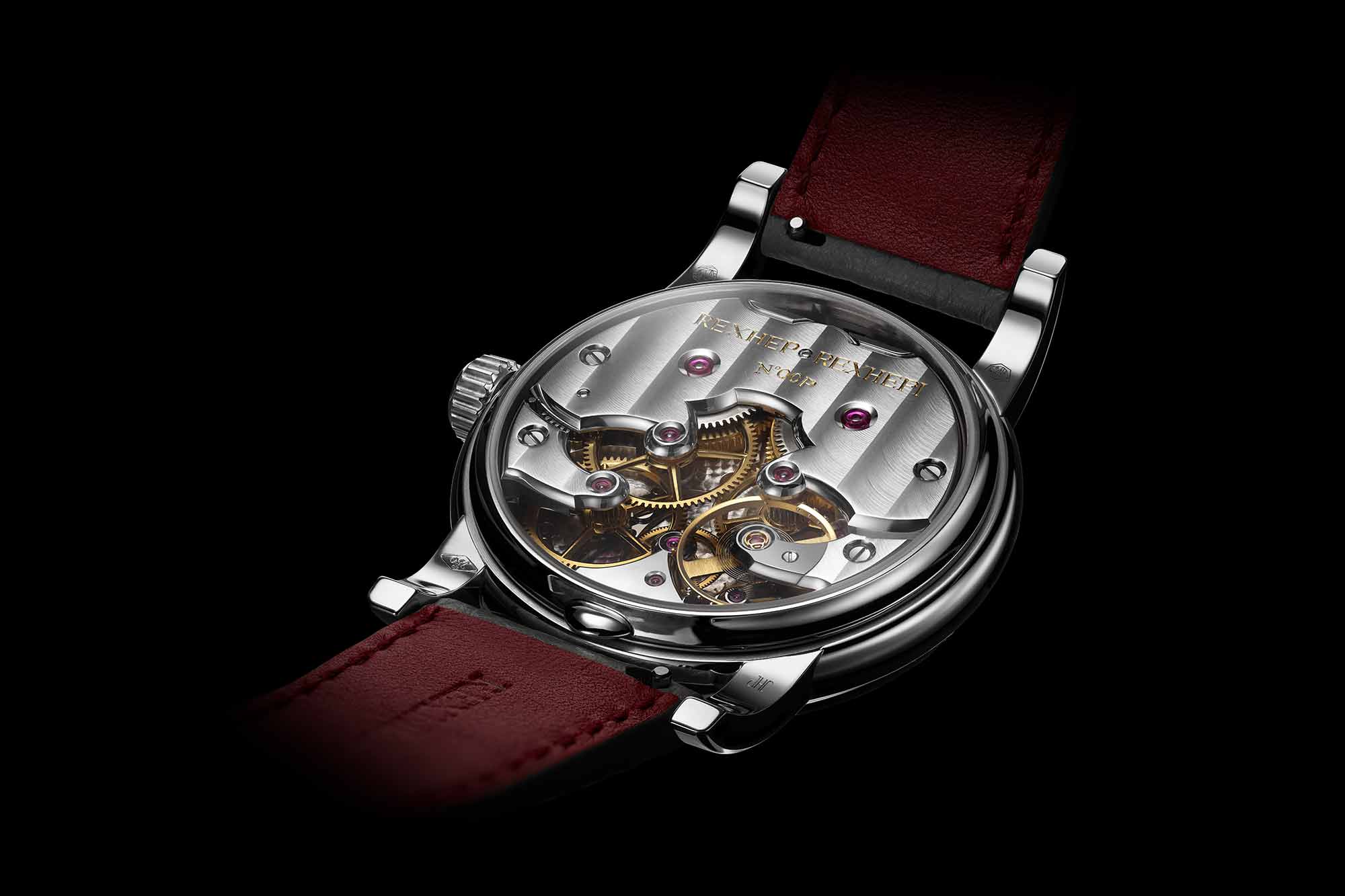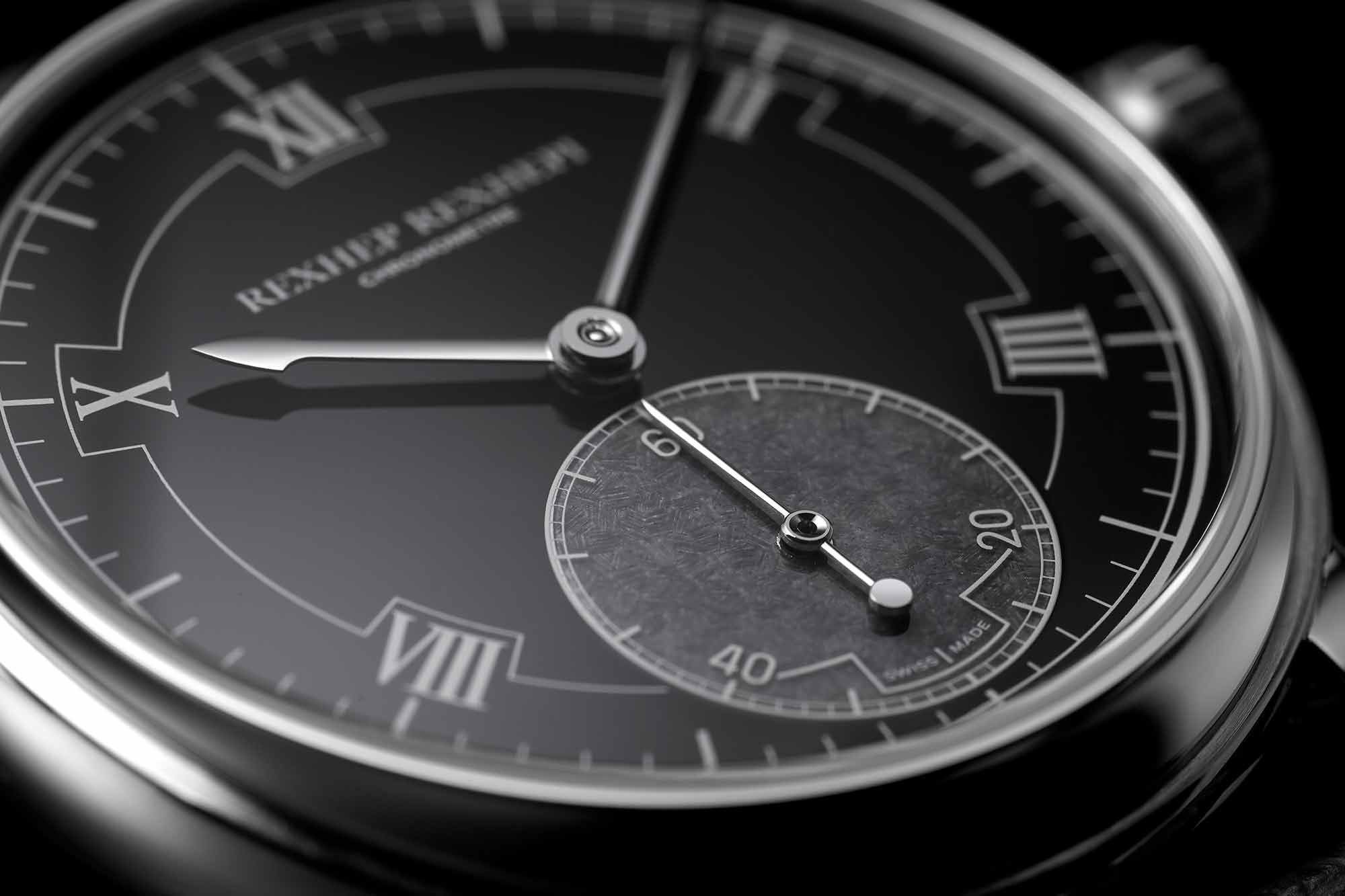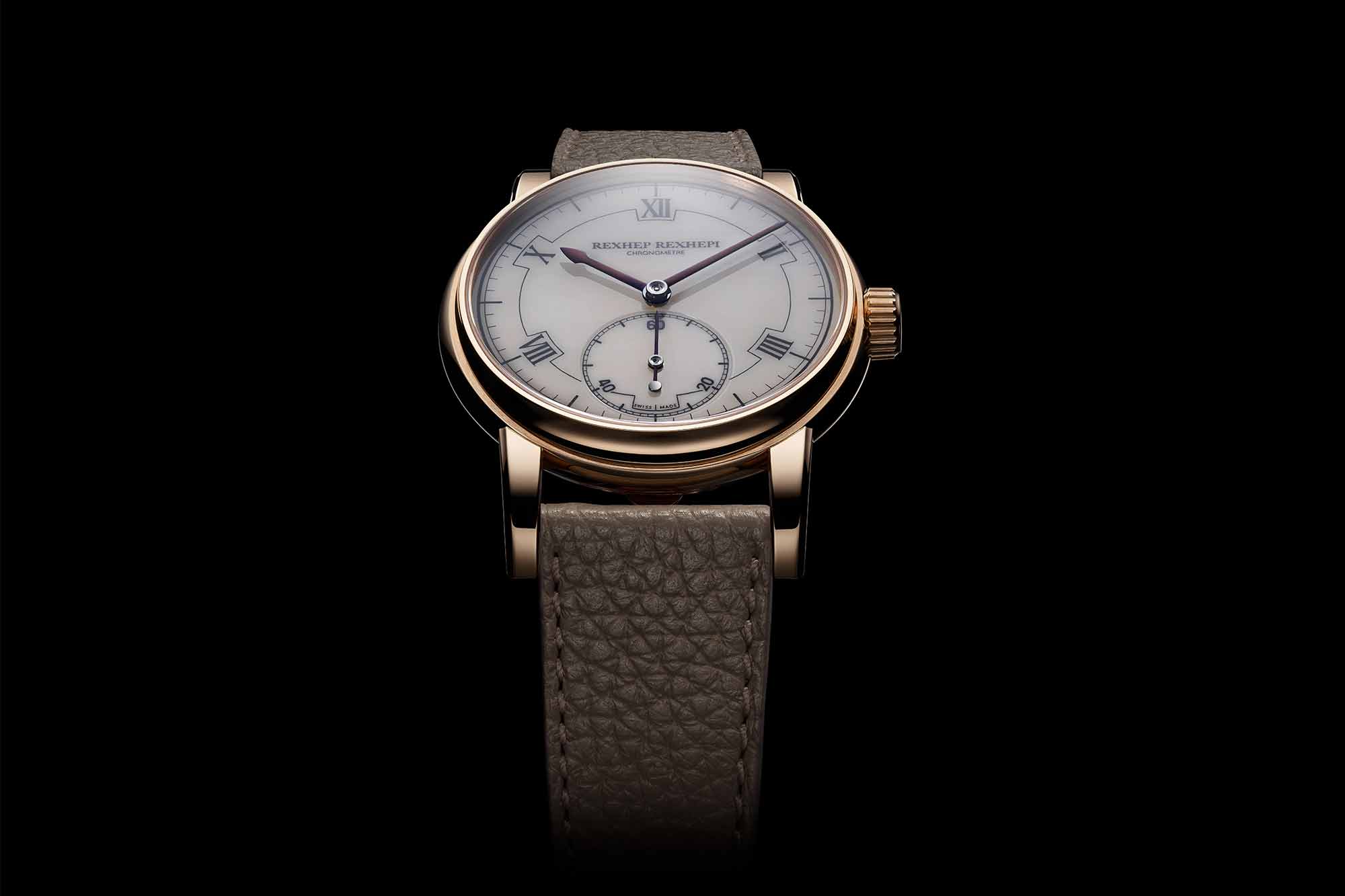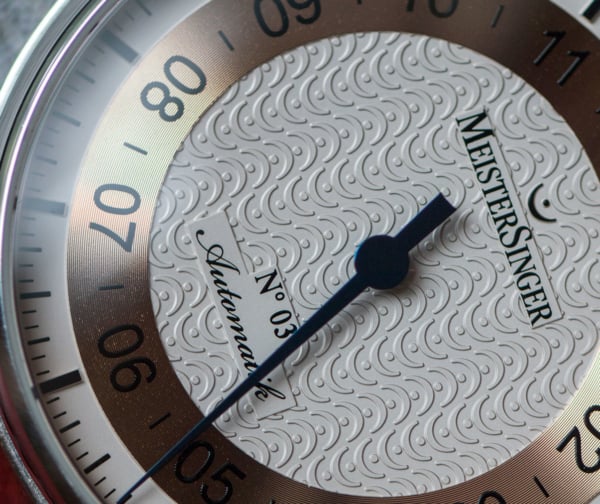Rexhep Rexhepi, the young watchmaker behind the Akrivia brand, seemed to come out of nowhere in 2018 with the launch of his Chronomètre Contemporain. Of course, he hadn’t come from nowhere at all. He had worked at F.P. Journe and had his own brand established for several years before the Chronomètre Contemporain was released, but his relative youth and the immediate accolades from the independent watchmaking community made it seem like Rexhepi was experiencing something akin to overnight success. The Chronomètre Contemporain’s appeal, for me, is in its simple physical beauty. It’s just a gorgeous object, and that, when it comes right down to it, is what drives my watch enthusiasm. Not using them as tools, or even their history, but as objects of pure design made for aesthetic pleasure. The other driving force behind my love for watches is in their mechanical nature, which makes Rexhepi’s latest creation a watch that feels as if it could have been stolen from deep inside my subconscious, if only I had the subconscious of a world class watchmaker.
Why I Love It: Akrivia’s Chronomètre Contemporain II
The new watch, dubbed the Rexhep Rexhepi Chronomètre Contemporain II (the RRCCII) maintains the key design notes found in the Chronomètre Contemporain, but refines a few things in quite subtle ways. But under the hood, the movement is far more complicated. The idea behind the RRCCII is to preserve the aesthetic of the original, but incorporate new watchmaking techniques that Rexhepi has mastered in the years since its release. It’s very much an inside-baseball watch in the way that it has what I think is an obvious appeal in the way it looks, but fully understanding it requires some knowledge of what came before.
The new caliber (the RRCC02) has been designed to appear almost identical to the one used in the Chronomètre Contemporain, but has actually been built with a new construction and additional functionality. Like its predecessor, this is a double barrel movement that has been laid out to accentuate a sense of symmetry. But unlike the Chronomètre Contemporain, each barrel serves a different purpose. One supplies energy to the balance, as you’d expect, but the other drives a dead-seconds complication, allowing the seconds hand in a subsidiary register at the 6:00 position to jump forward in one second increments. You could say it’s “just like a quartz watch,” but this ticking is the product of an immensely complex movement, and the very idea of a jumping seconds hand pre-dates quartz technology by hundreds of years (its intent has always been to enable greater levels of precision timekeeping). The movement also has a handy feature that immediately sets the seconds hand to zero when the crown is pulled out, making it easy to synchronize to a timing source known to be accurate.
But this, if you’ll pardon the expression, is watch nerd shit. It’s incredibly cool and the result of some meaningful advancements by an immensely talented watchmaker, but it wouldn’t mean much to me if the technical know-how was paired to a watch that I found unappealing. The RRCCII simply a stunner – I like everything about it. Its strongest feature, in my opinion, is the interplay between the ring that creates the dial’s inner sector and the distinctive Roman numerals at alternating hours. The ring snakes around the numerals in such a way that it leaves X and II on the inside and IIII and VIII on the outside. It’s a simple little design flourish you can imagine Rexhepi sketching on the back of a napkin over drinks, perhaps, but it creates a strange asymmetry that becomes more confounding as you look at it. It gives the watch its character, and feels like a genuinely new twist on the tried and true sector dial. Have you ever seen a design quite like it? I haven’t it – and yet it feels immediately familiar, like it must have existed for decades or even longer.
The RRCCII is available in two versions. One with a black enamel dial paired to a platinum case, and the other in white enamel with a rose gold case. In both instances, the case is 38mm across and just 8.75mm tall, excluding the crystal, which has a more pronounced dome this time around. The case is traditional both in its appearance (those long, curved lugs) and in how it’s made. It comprises a total of 15 components that have been fashioned using manually operated tools under the supervision of the legendary case maker Jean-Pierre Hagmann. Some of these tools are antiques themselves, further connecting the RRCCII to a certain type of old fashioned hand made watch craft which is rarely practiced. According to Akrivia, while the case bears many similarities to that of the original Chronomètre Contemporain, every aspect has been tweaked at least slightly, such that no component of the original Chronomètre Contemporain case could be used on that of the RRCCII.
I will almost certainly never own an RRCCII (the price is “on request,” and we all know what that means), and it’s rare enough (50 in each metal) that even if I spent decades going to watch meetups the world over, I might never come across one in person. But sometimes a watch just has the right combination of, well, everything that goes into a watch, to leave you completely fascinated and absolutely smitten. When you encounter a watch like that, even if it’s just on an iPhone screen, it can leave you almost speechless. That’s the power of a beautiful object. Akrivia
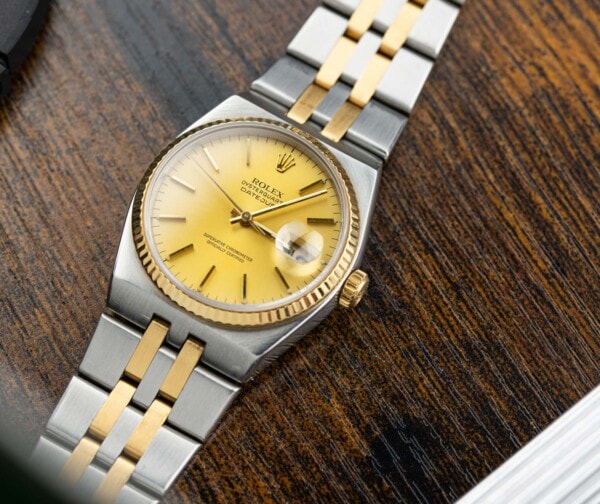








 Featured Videos
Featured Videos




